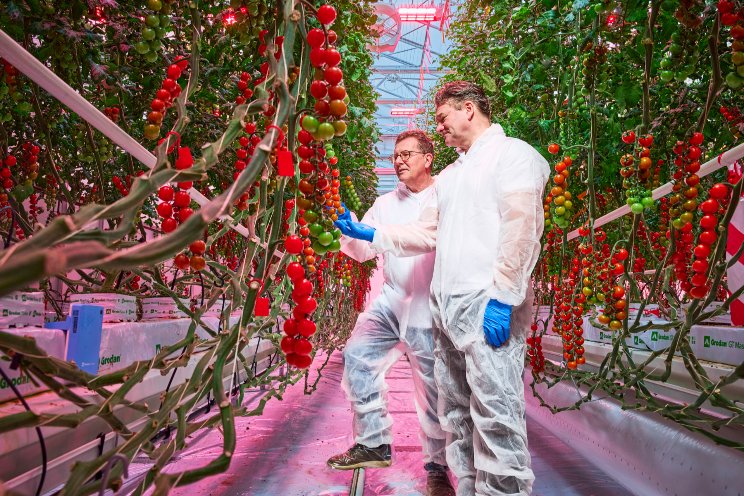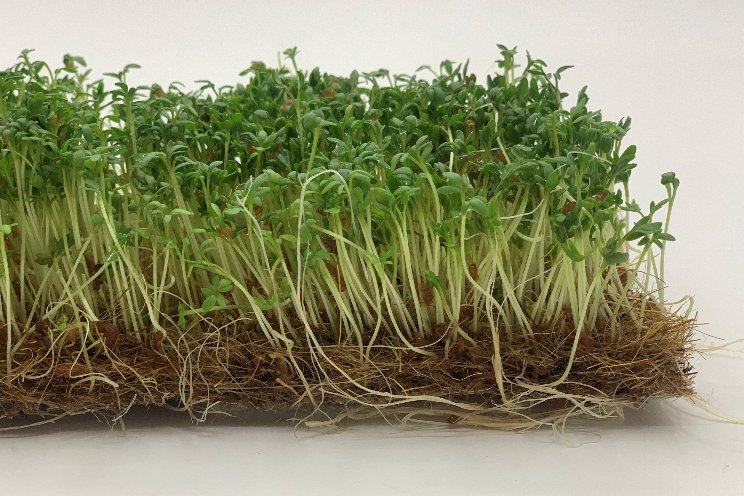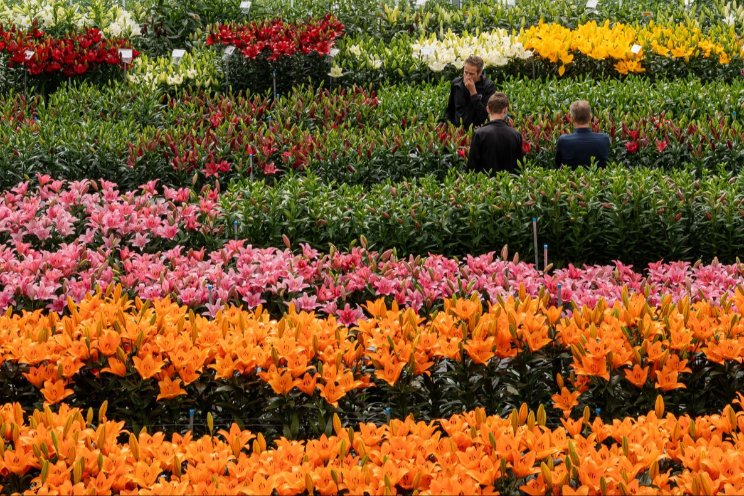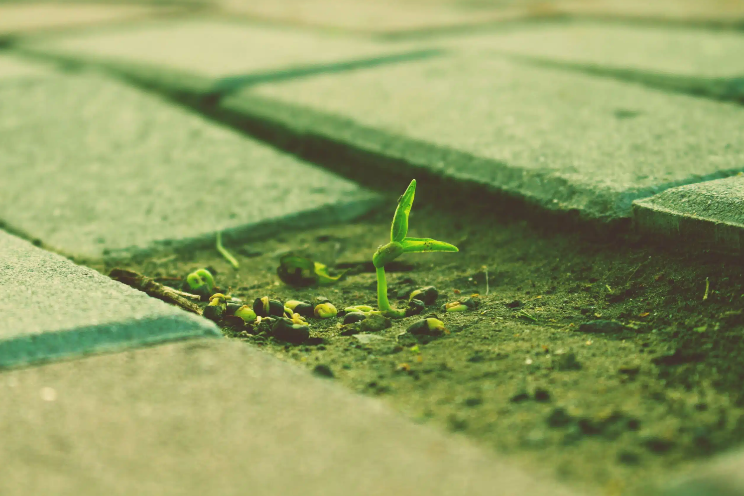Optimizing CEA cultivation conditions to improve HVAC-D use
Added on 31 July 2023

By optimizing the environmental parameters within CEA facilities, indoor farm operators have the opportunity to significantly reduce the burden on HVAC-D (Heating, Ventilation, Air Conditioning, and Dehumidification) systems, and greenhouse growers can minimize the use of other resource-intensive technologies.
By both adopting advanced technologies and data-driven solutions, growers can optimize CEA environments to achieve a harmonious ecosystem where crops flourish while reducing energy consumption and waste.
EXPAND TEMPERATURE RANGES
The crops an operation grows–whether cut flowers, produce, or medicinal–ultimately determine the target temperature ranges it needs in its cultivation spaces. In greenhouses, mechanical systems are designed to best keep the environment within that optimal band.
Photo: RII
More news















